Before you dive into the world of object-oriented web programming with PHP, it's useful to take a first look at the end result. In this tutorial, you will get an overview of the key functionalities of an application that allows for image uploads, user management, and the creation of an appealing user interface. Let's dive straight into the details.
Key Insights
- The application includes a login page and the main interface for users.
- Users can register and log in to upload images.
- A robust database connection is essential for the functionality of the application.
- Security aspects, such as restricting image uploads for non-logged-in users, are taken into account.
- All templates used, including HTML code, are available.
Step-by-Step Guide
1. Overview of the Application
At the beginning, you will examine the structure of the application. The video shows that there is a homepage as well as a dedicated login page. These pages are fundamental for user interaction with the application. Here you can see how the user interface is designed.
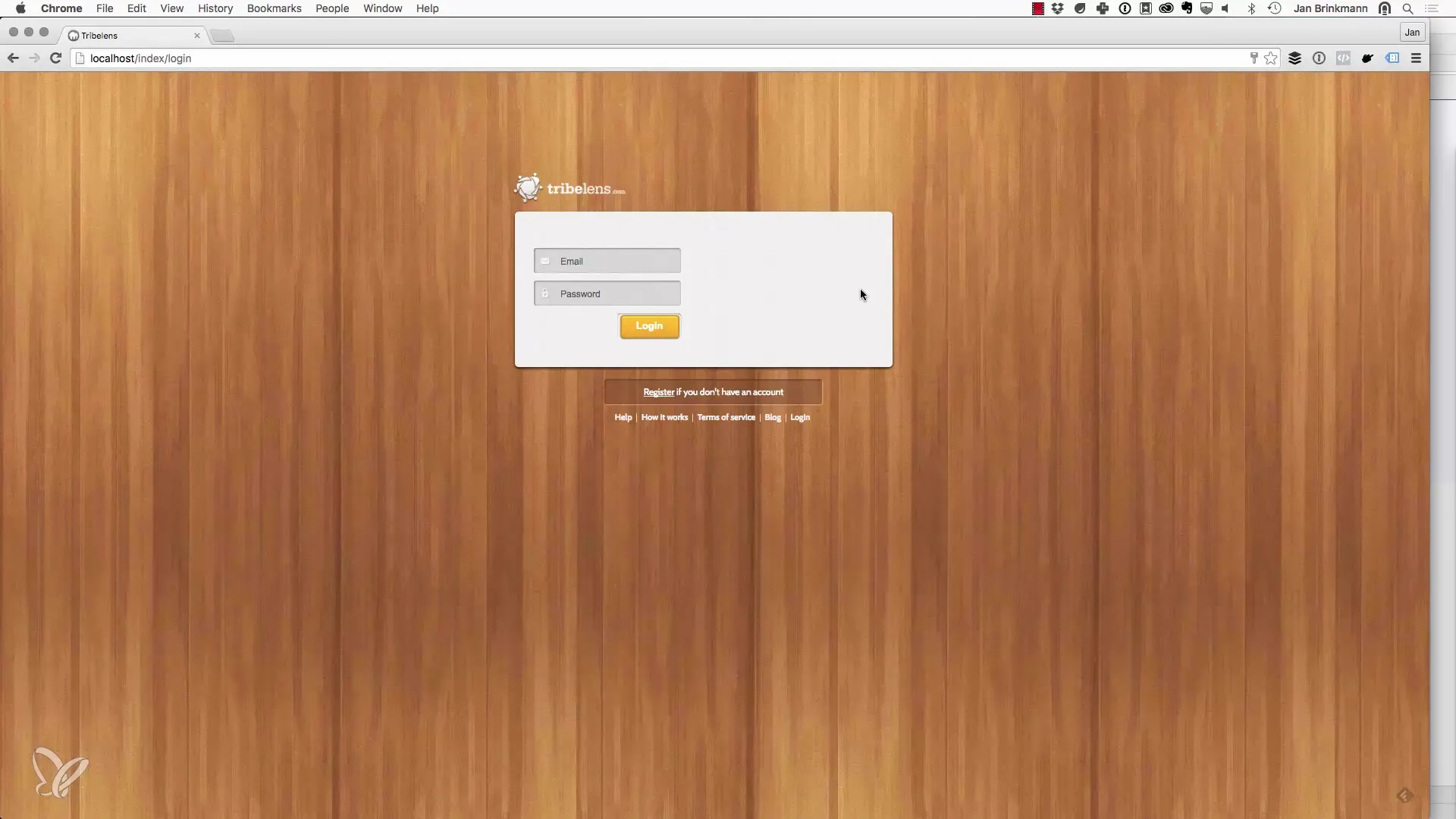
2. Login and Registration
As the video progresses, you learn that users have the option to log in through the login screen. Newly registered users can create test accounts to try out the functionalities of the application. It is noted that registration is one of the next steps in development, but pre-created test users can be used for the initial practice tasks.
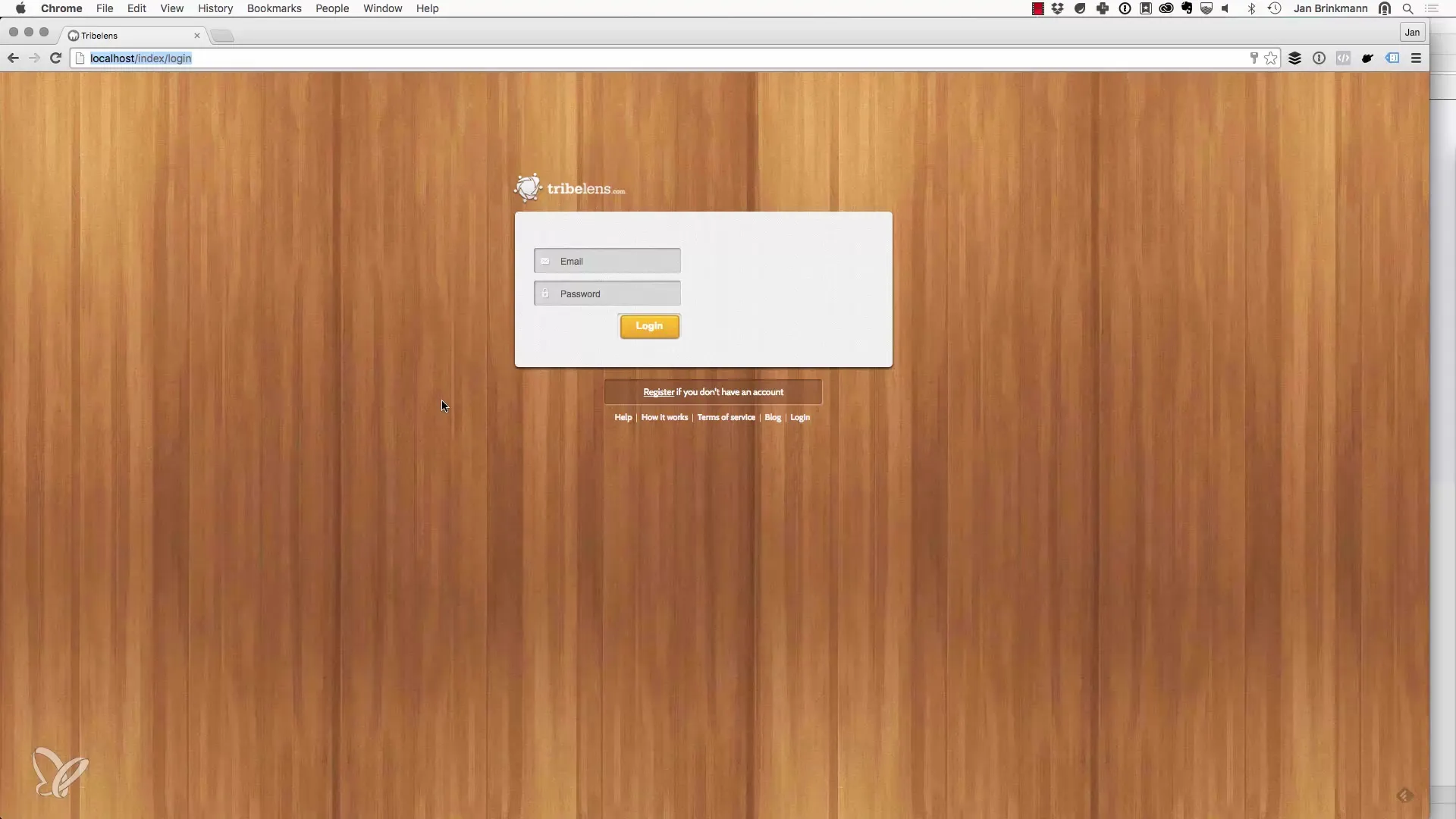
3. Upload Images
As you explore the user interface, it becomes clear that logged-in users are able to upload images. To demonstrate this process, you will see a button that signals “+”, through which new images can be uploaded. Here, you can select an image you want to upload. This function is disabled for non-logged-in users, which is an important security measure.
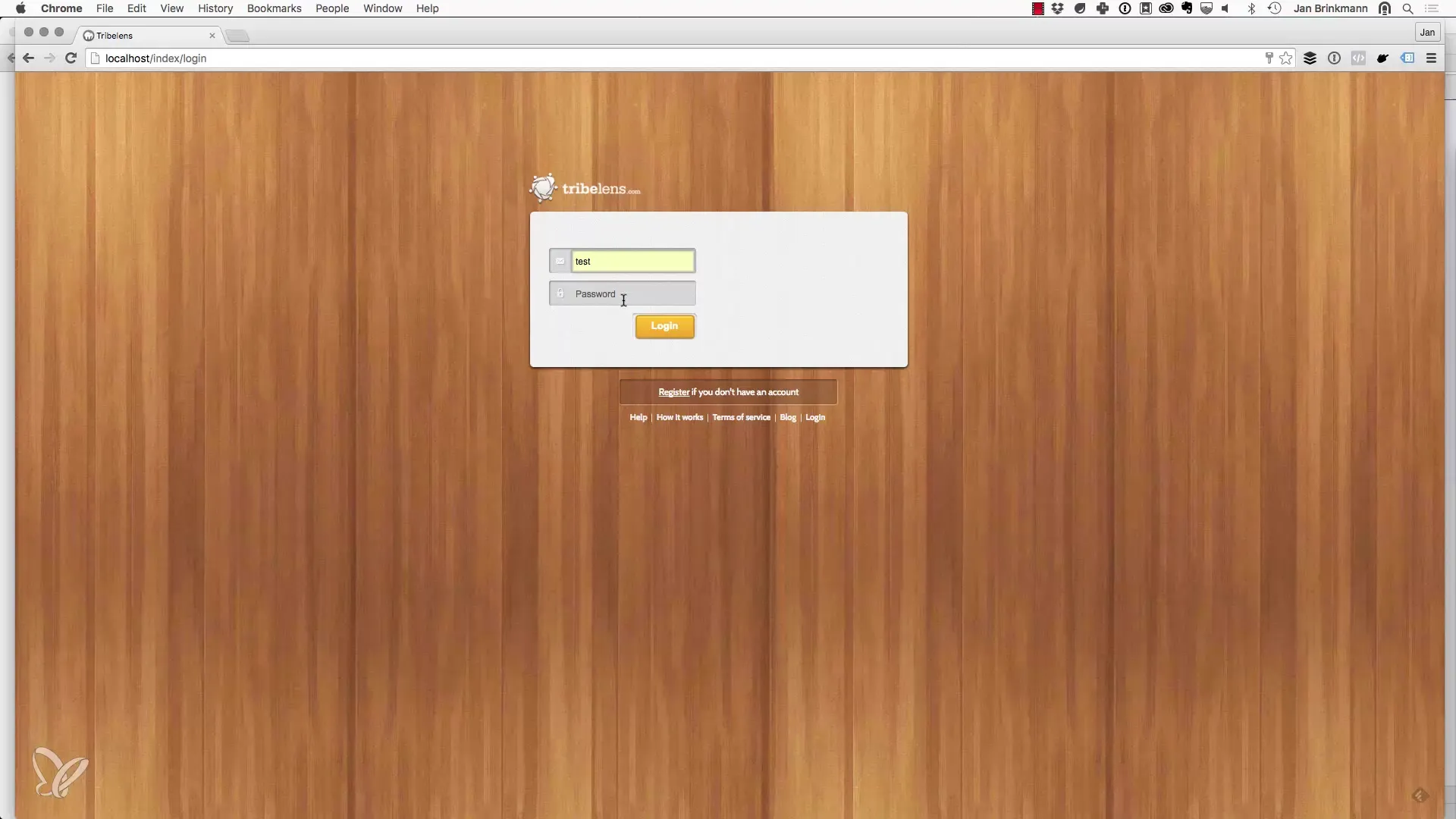
4. Database Connection
A central aspect of the application is the connection to a database. The video indicates that this forms the basis for all functionality. User management and the storage of uploaded images are handled through a structured database, which makes the application stable and efficient.

5. Front Controller and Routing
Another important element is the Front Controller, which organizes routing within the application. The tutorial explains that a redirect occurs directly to the main file (index.php), which can then handle the various views. This is a typically object-oriented approach that makes the application modular and maintainable.
6. Session Management
Managing sessions is another critical point. You learn that the application must ensure that users can store and manage session-specific data correctly. This is crucial for optimizing the user experience and ensuring the security of the application.
7. Image Upload and Processing
The processing of uploaded images is also addressed. Here, the technique of the upload is explained, as well as how images are processed and displayed after upload. This topic is essential for the functionality of the application and requires careful implementation.
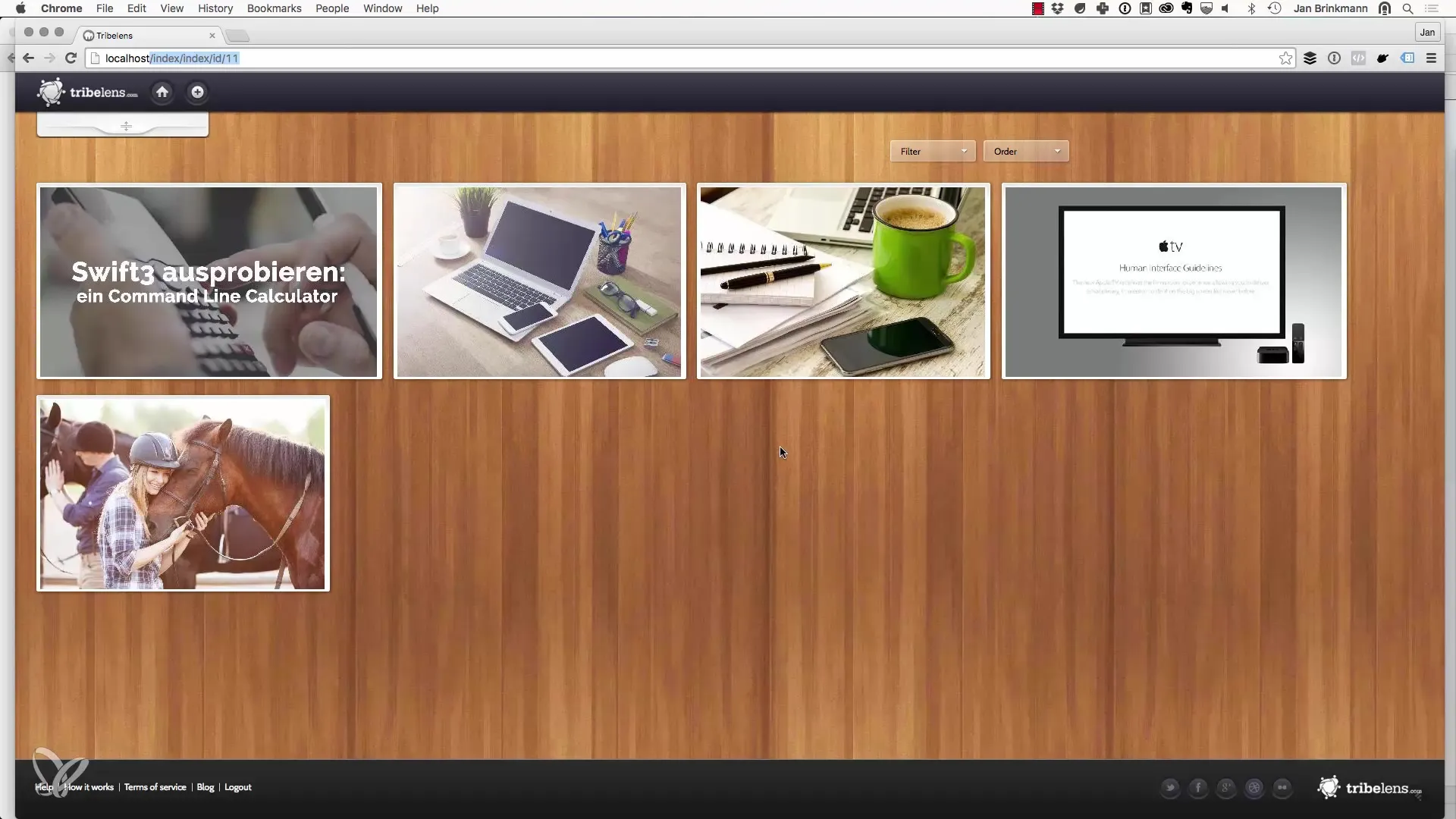
8. Templates and HTML Code
The templates shown in the video and the corresponding HTML code are fully available for download. This makes it easier for you to work with the application and gives you the opportunity to customize the design and structure as you wish.
9. Extension Options
In the last part of the tutorial, you have the opportunity to think about extensions. For example, a sidebar is mentioned in the video that can be displayed if needed to offer more information or functionalities. This includes sorting the uploaded images by users and displaying different statistics.
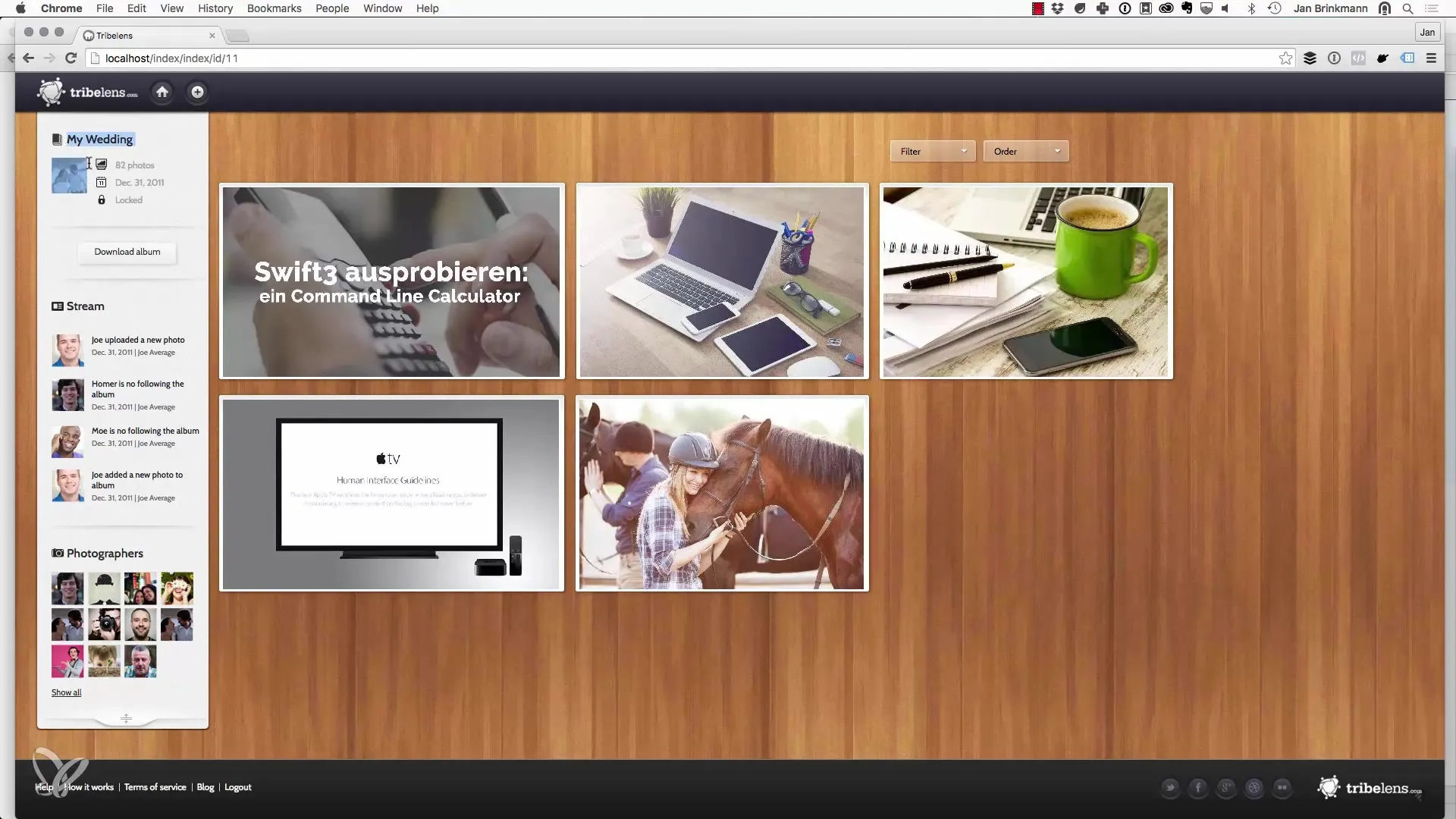
10. Outlook on the Database Structure
Finally, it is pointed out that the next step in practical implementation is the definition of the database structure. This knowledge is fundamental for all further developments and will help you create a smooth and functional application.
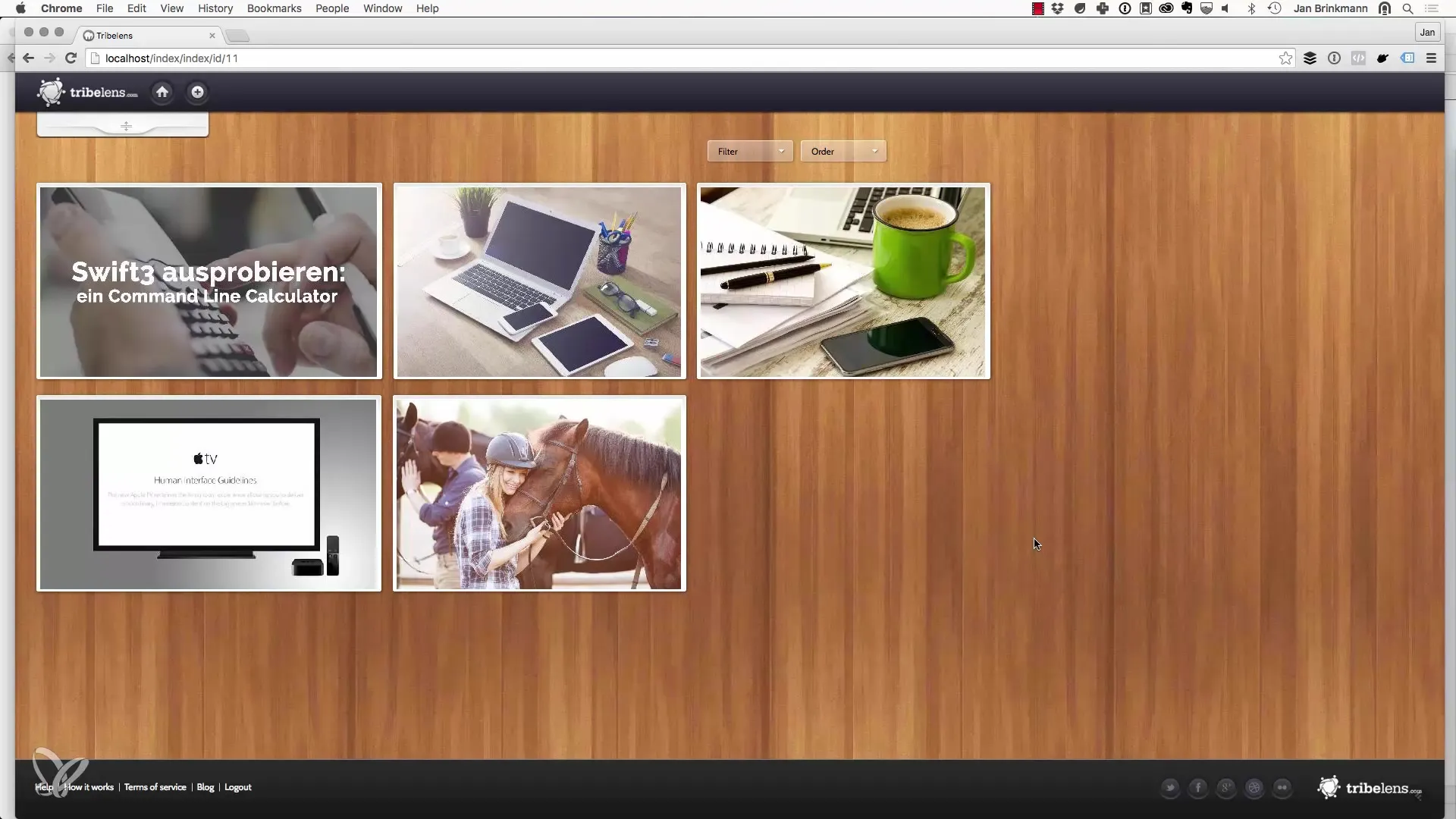
Summary – Object-Oriented Web Programming with PHP: A Visual Introduction
In this guide, you were able to learn the basics of an object-oriented web application with PHP. From registration to image upload to database connection, the key steps were explained. If you find the practical implementation of the learned concepts not so easy, that's completely normal – practice makes perfect.
Frequently Asked Questions
What are the first steps in object-oriented PHP programming?You should understand the basic concepts of PHP and OOP, as well as set up a development environment.
How can I manage users in my application?Users can be registered and managed through sessions to ensure that only authorized individuals have access to certain functionalities.
How do I integrate images into my PHP application?Image uploads are done through forms with specific validations to ensure security.
Are the templates and HTML code accessible?Yes, all templates and HTML code are available and can be downloaded.
How do I ensure that my application is secure?Use sessions, secure database connections, and validate user inputs to prevent potential attacks.
